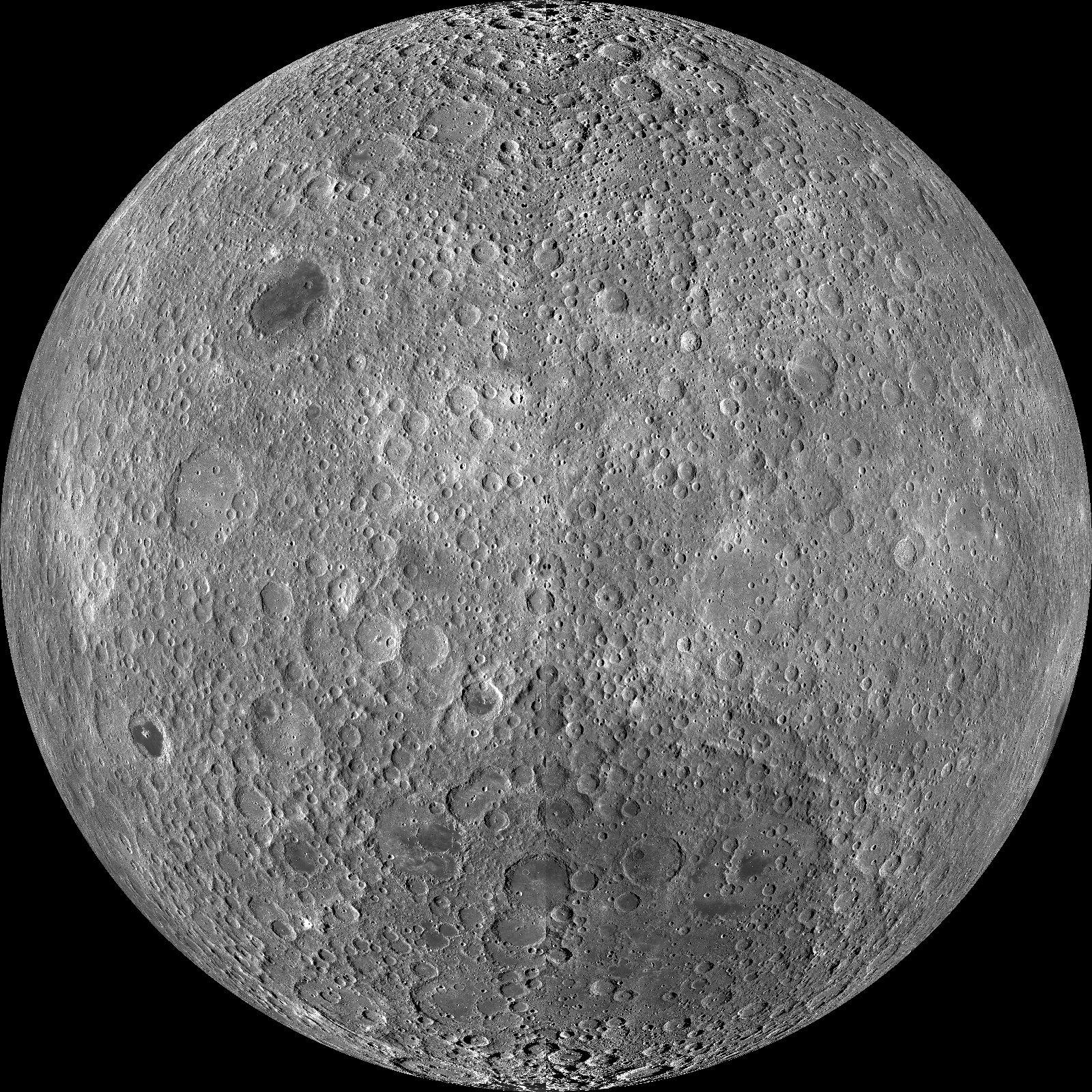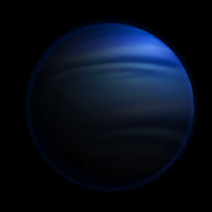Remember this insanely detailed picture of the near side of the Moon? What about the far side, what does it look like? Here you go: the Lunar Reconnaissance Orbiter Camera (LROC) produced the most accurate map of the far side of the Moon.
The probe is orbiting the Moon at an altitude of approximately 50 kilometers, covering the whole satellite. The global mosaic comprised of 15,000 images (click to enlarge) shows the far side of the Moon, the side we cannot see from Earth.
If you compare this image with the one of the other side, you will notice that they look quite different. Unlike the near side showing wide maria (those large, dark, basaltic plains), the far side is covered with craters. The reason for that is that the crust on the far side is thicker than on the near side, making it more difficult for magmas to erupt on the surface, limiting the amount of far side mare basalts. However, there is still no explanation for this difference in thickness.
Of course, as for the near side, you can explore the hidden face of the Moon here, but the LROC team is even more generous: you can explore the entire Moon, in 60° increments. Just go there and have fun (take a look at the bottom of the page). But be careful, you might spend a lot of time exploring our wonderful and still enigmatic satellite!


